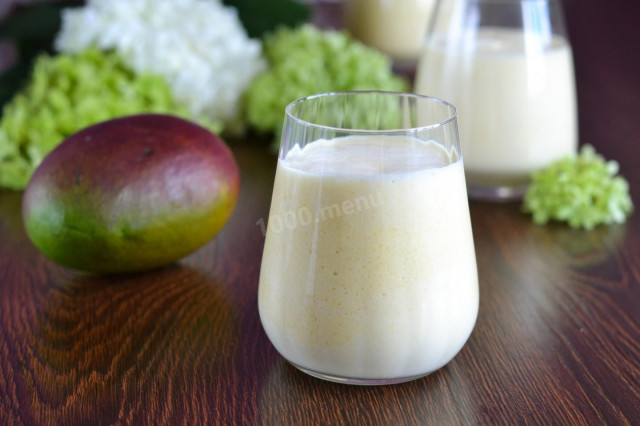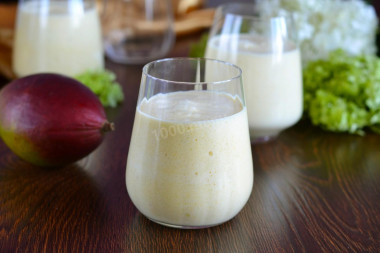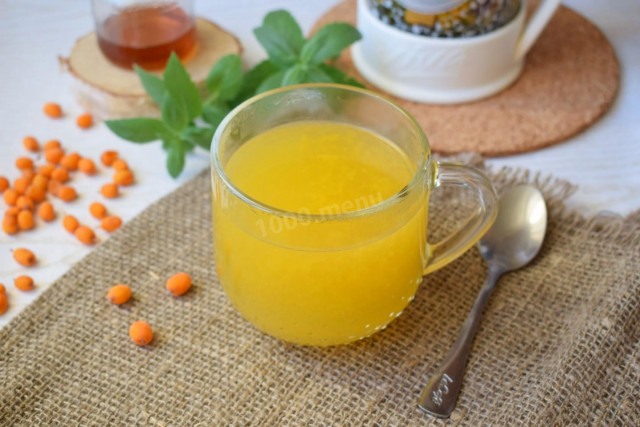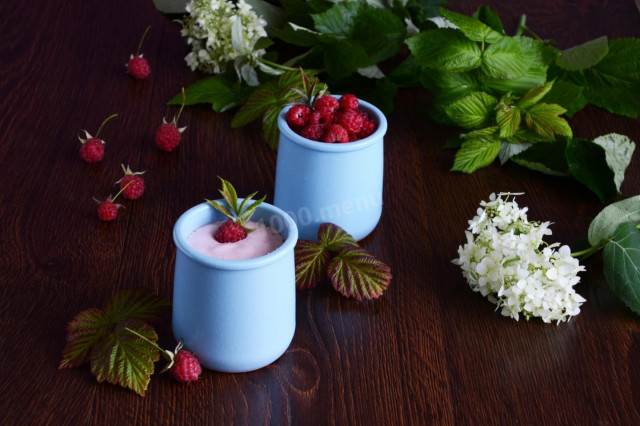Composition / ingredients
Step-by-step cooking
Step 1:
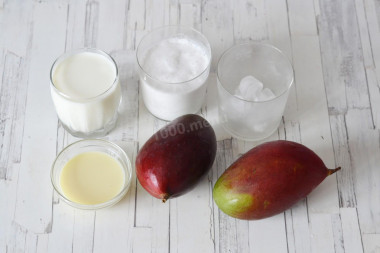
How to make mango shake? Prepare the necessary ingredients for the drink. Condensed milk can be added more or less, or not at all, especially if you have ripe sweet mangoes - condensed milk can kill their taste. If mangoes are not very fragrant and do not taste very bright - feel free to add condensed milk. Both types of milk should be cold.
Step 2:
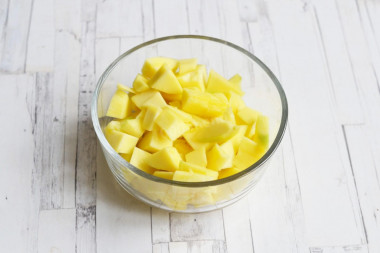
Peel the mango and cut the flesh from the bone. The mango's bone is large and flat, the flesh fuses tightly with it, so you'll have to tinker. Cut the pulp into small pieces.
Step 3:

Put the mango in the bowl of a blender and whisk until creamy puree. There should be no pieces of pulp in the puree, it should be smooth and homogeneous. Therefore, you need to beat for a long time, or use an immersion blender.
Step 4:
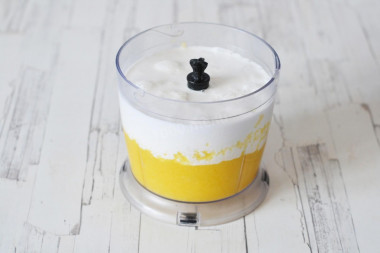
Pour cold milk, coconut milk into a bowl with mango, add condensed milk if desired. Depending on the size of your fruits, the drink may turn out to be more or less viscous. If you want to get a more liquid shake, add more milk. But in classic necks, the volume of liquid should not greatly exceed the volume of the fruit component. Cocktail shakes are distinguished by the density and prevalence of fruits.
Step 5:
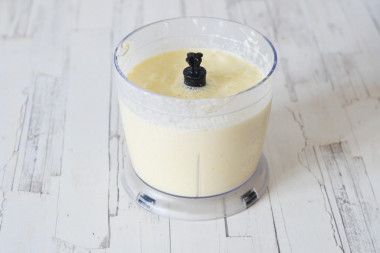
Whisk everything until smooth for about 1-2 minutes.
Step 6:
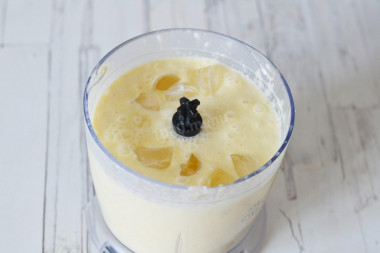
Add ice to the drink and whisk again.
Step 7:
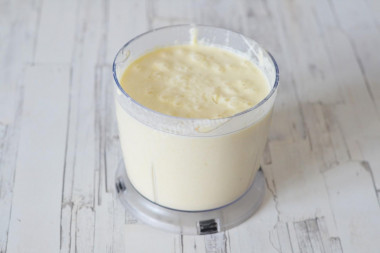
Mango shake is ready. Pour it into glasses and serve it cold. Enjoy your meal!
Now you can get mango not only in large, but also in small towns where there are shops of retail chains such as Crossroads, Pyaterochka, Magnet. And in large hypermarkets, you can even find several varieties of this fruit. At the same time, you should not focus on the color. How then to orient yourself correctly and choose a ripe fruit? By density and texture. When pressed, the fruit should be soft, but not loose. The peel is smooth, not wrinkled (unless it is a variety in which the skin is initially wrinkled). The shape of the fruit should be oval, and the fruit itself should be voluminous. What a smell. It should be slightly sweet. If the mango does not smell at all and at the same time is dense to the touch, then it is not ripe yet. This can be fixed by letting it lie at room temperature for a few days. But it is better, of course, to immediately choose mature fruits.
For cooking, it is better to use filtered or bottled water that is neutral to taste. If you use tap water, keep in mind that it can give the dish an unpleasant characteristic taste.
I tried this in a Vietnamese restaurant. Its taste is simply amazing and will especially appeal to those who love mango and coconut milk. This is an unusual, but very tasty combination. Try it!
Caloric content of the products possible in the composition of the dish
- Whole cow's milk - 68 kcal/100g
- Milk 3.5% fat content - 64 kcal/100g
- Milk 3.2% fat content - 60 kcal/100g
- Milk 1.5% fat content - 47 kcal/100g
- Concentrated milk 7.5% fat content - 140 kcal/100g
- Milk 2.5% fat content - 54 kcal/100g
- Condensed milk with sugar - 324 kcal/100g
- Mango - 67 kcal/100g
- Coconut milk - 230 kcal/100g
- Ice - 0 kcal/100g

